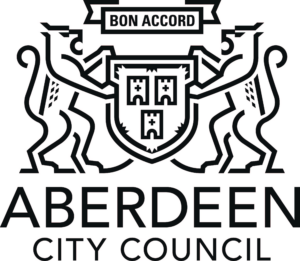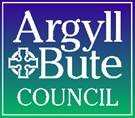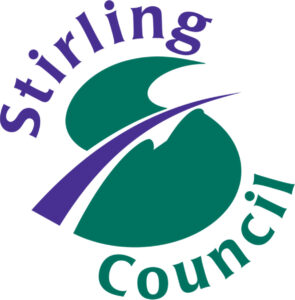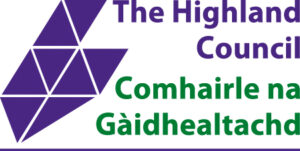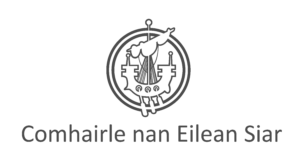Over the last few months, Social Work Scotland have been involved in a series of conversations with partners from the Scottish Association of Social Work, Unison and others interested in the future of the profession, to help us understand the shared goals we have for social work, and how a future National Social Work Agency might help aid those goals. To that effect, on behalf of these partners, we’re delighted to publish a paper written by Colin Turbett, which looks at the relationship between care management and social work over recent decades and how we might move forward to a more relational, community based approach. This paper will be discussed by our Adults Standing Committee among others.
Summary
Colin Turbett, Common Weal Care Reform Group
Supported by:

Introduction:
- The advent of the National Care Service and National Social Work Agency in Scotland offers an opportunity to examine social work processes and ensure they are working in the best interests of all involved.
- The model of Assessment and Care Management (ACM) evolved as a result of policy changes in the 1990s and despite ongoing examples of good practice based on relationships and user and carer need, is associated with burdensome procedural demands, the use of eligibility criteria to reduce pressure on services, and an absence of social work as an agent of prevention, early intervention and flexible needs-based support. ACM has removed mainstream social work from activity focused on building resilience and prevention in communities.
- Many in social work circles doubt the integrity of the ACM model, but see it as so embedded in practice that there is no workable alternative. This paper, drawn up on behalf of Scotland’s principle representative social work organisations, explains the history and lays out the case for change. It will answer the question: if social workers don’t do care management what do they do?
The Impact of Market Ideas on Social Work Practice:
- Since the 1990s social work and social care have been run along business lines, adopting much of the language and methods associated with business enterprises concerned with profit and loss. Social workers and the teams they work in, especially in adult care settings, are seen as brokers arranging services – managing care rather than engaging directly with those in need (including their carers) as advocates and ongoing agents of support.
- This trend has resulted in routinised working with rapid turnover of “cases” based on the sequence of assessment, allocation of resources and review. The process of form completion has chained workers to computers and led to de-skilling and dissatisfaction – contributing in turn to recruitment and retention issues.
- ACM has focused on commissioned services as principle outcomes from social work interventions, and removed social work from the development of informal ones that might prevent formal and expensive resources like residential care.
Separating Assessment from Care Management:
- Assessment has always been part of the social work task: classically described as involving three models: questioning, exchange and procedural. ACM is centred on the latter, but good social work focused on the personalisation of service, is based on an exchange, involving listening and exploration rather than questioning and ticking boxes.
- Report formats for assessment purposes have become longer and longer to the point that they are unlikely to be read in full. The effort involved in their production has become a main function of a qualified social worker, with 70% and more of work time spent on recording and assessment tasks. This represents a massive waste of human resources.
- Assessment should serve the purpose of exploring need for users and carers and how that need can be met, rather than serving bureaucratic agency requirements.
Alternative Models
- One of the problems with ACM is that it was rolled out on a national basis with little consideration given to local variation. For this reason it is not considered that there should be a one-size-fits-all alternative, so no universal template is offered in the main paper.
- There are alternative models that are operating successfully elsewhere in the UK which should be explored further: In Torfaen in South Wales, a long-established model of adult care can be found in the wellbeing teams where eligibility criteria and referral screening have been abolished, and commissioned services often avoided through an open approach to referral based on relationships and prevention. This has eradicated waiting lists and reduced caseloads for staff.
- In Leeds’ adult care services, a lengthy assessment form was replaced by a blank sheet of paper with social workers encouraged to write down and do what was necessary: “strength-based care” flowing from conversations rather than forms.
- In Northumberland the “Liberated Relational Method” is governed by two rules: “we do no harm and we do not break the law”.
Conclusion
- Moving away from assessment and care management requires an orientation back to communities with a focus on their strengths and assets.
- The exchange model of assessment – open-ended, with no pre-determined beginning, middle and end, offers a means of delivering self-directed support within which the social worker brings their relationship skills, their local knowledge and networking.
- The NSWA should encourage and ferment such developments and make Scotland a beacon of progress for a socially useful and rewarding social work service.

